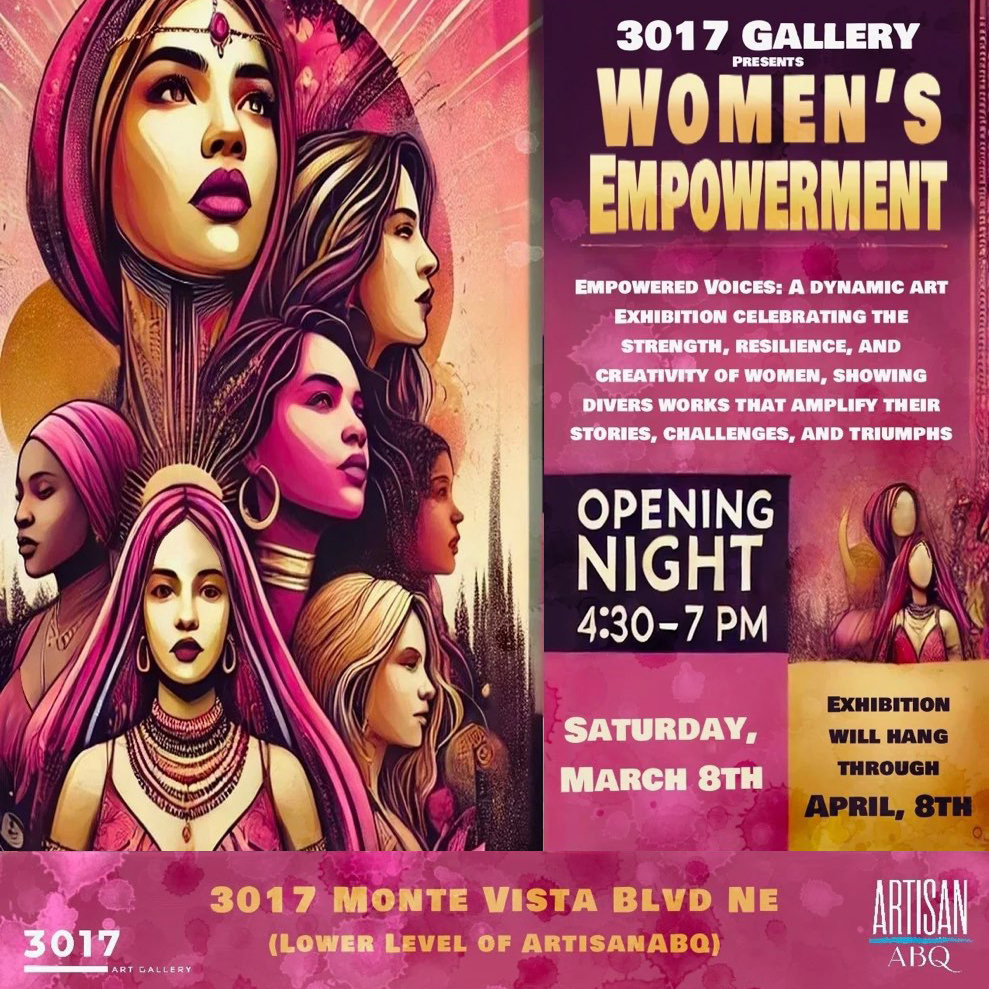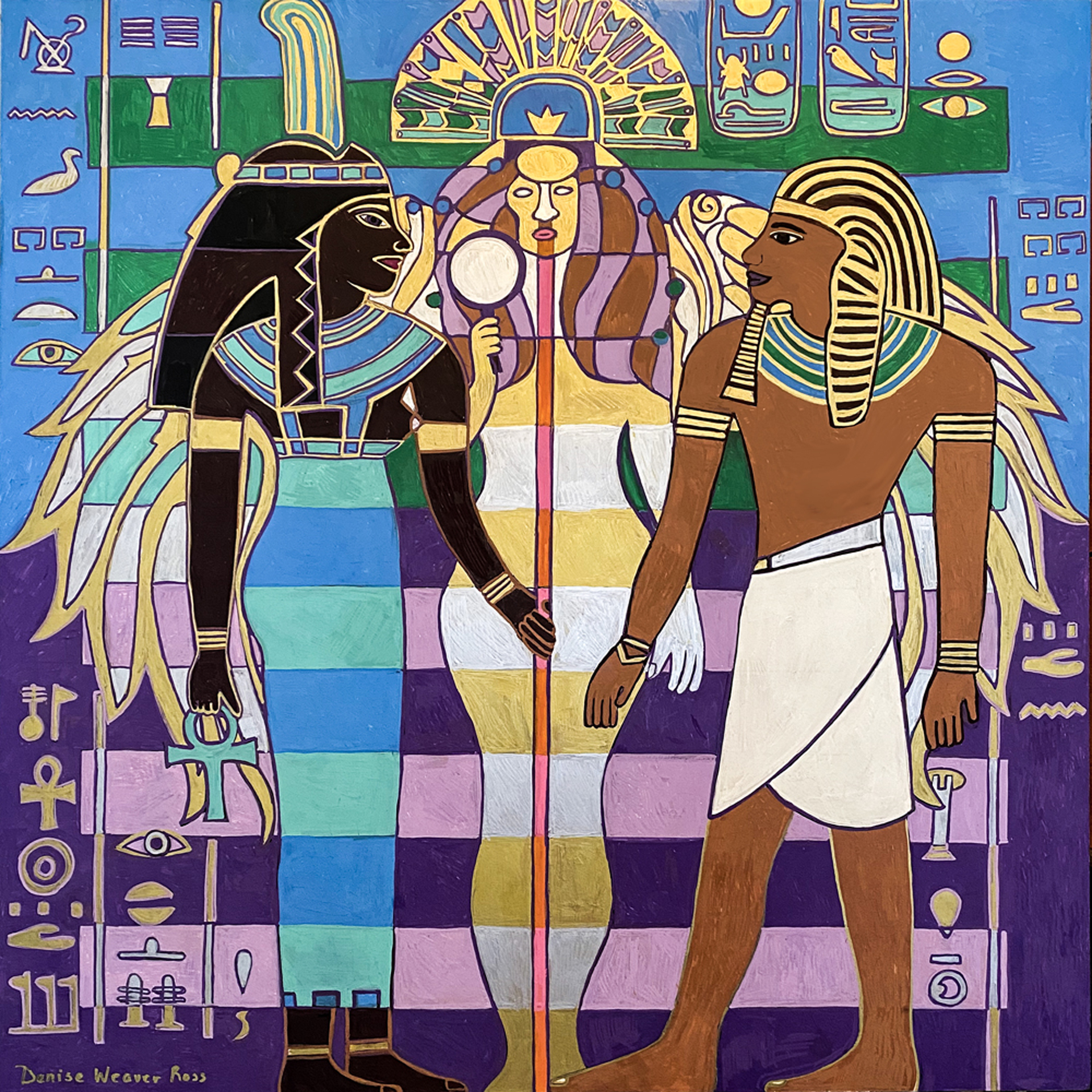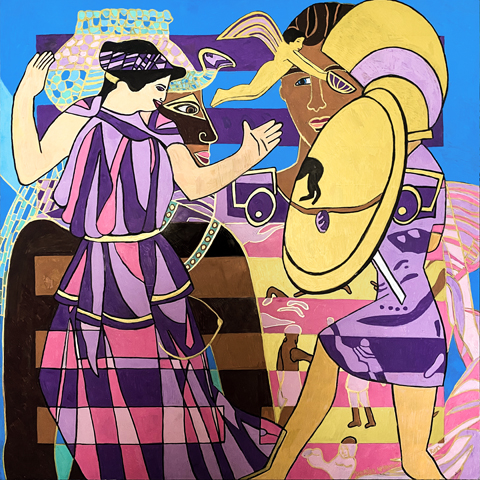March 2025: Remembering This Woman’s History
March is Women’s History Month and I turn 68 on March 31. Reflecting on my own journey, here are personal moments that stand out:
- Wearing pants to school for the first time in sixth grade—just in time for mini and micro skirts, a trend I mostly avoided by wearing hip-hugging bell bottoms.
- A friend showing me her mother’s discarded case for The Pill—a shocking discovery, especially since her family was Roman Catholic. Later, I took the pill myself, only to find that it aggravated my migraines.
- My mother starting full-time work when I began seventh grade, a shift that made me appreciate the power of having one’s own money.
- The passage of Title IX, which suddenly made high school P.E. much more interesting—co-ed weightlifting was a game changer.
- At 16, going for my first driver’s road test, knowing I would probably fail because it was “common knowledge” that our town’s only road-test examiner failed all girls on the first try out of principal.
- I vividly remember Roe v. Wade because it was the first time I learned about abortion. My father, who was staunchly anti-abortion, provided me with all the materials to write a pro/con paper on the topic.
- Joining a women’s student group in graduate school to protest sexual harassment from faculty—nearly all male except for one. By then, I had already navigated years of harassment from peers, teachers, doctors, and bosses.
- Buying my first home with my fiancé as co-tenants.
- Standing my ground when the senior partner at a consulting firm yelled at me after his partner hired me to run the IT department. I refused to back down, threatened to quit, and ultimately earned his respect.
- Joining with other female co-workers at the same firm to lobby for paid maternity leave—and winning six weeks. That policy became crucial later when my husband was laid off during a high-tech slump on the very same day we found out I was pregnant.
- And of course, witnessing the big political milestones: Geraldine Ferraro’s historic nomination, Hillary Clinton’s presidential run, the reversal of Roe v. Wade, and Kamala Harris breaking barriers as vice president and then as a presidential candidate.
Each of these moments shaped my perspective, reminding me how far we’ve come—and how much further we have to go. With my personal history in mind, I’m honored to be part of the Women’s Empowerment art show at the 3017 Gallery, opening this Saturday evening.
Women’s Empowerment
Celebrate Women’s History Month by joining us for Women’s Empowerment at 3017 Gallery, located downstairs at Artisan’s (3017 Monte Vista Blvd NE, Albuquerque). The event takes place this Saturday, March 8, from 4:30 to 7:30 PM.
Below are the event advertisement and my two contributions to the show. Hope to see you there!
The central image Hexagram 44: Encounter (30×30 mixed media on panel) depicts a meeting where the woman holds the power. This is symbolized by Cleopatra and Helen of Troy—figures whose fateful encounters shaped history. The hexagram represents a potent feminine force that commands both respect and caution. It serves as a reminder to approach such encounters with awareness and discernment, as they can be transformative yet unpredictable. Importantly, the hexagram advises against trying to control or “marry” this force, as such attempts are likely to be fleeting or unsuccessful.
The final image Hexagram 45: Truth (30×30 mixed media on panel) features Maat, the Egyptian goddess of truth, holding the rod of truth as she speaks to Pharaoh, behind her stands the Roman goddess Veritas, holding a mirror reflecting one’s inner truth. In this composition, Maat emphasizes the ruler’s duty to uphold justice, while Veritas symbolizes self-reflection and the pursuit of inner wisdom. Together, they illustrate the idea that true wisdom arises from balancing external principles of justice with deep personal introspection.
These works are part of the Art of the I Ching series, which merges symbolic and mythological imagery from diverse cultural traditions with the core principles of the I Ching. Also known as the Book of Changes, the I Ching is an ancient Chinese divination text that has shaped Taoist philosophy and influenced Chinese thought for over two millennia.
The series incorporates the 64 hexagrams of the I Ching, each consisting of six lines—either broken (yin) or unbroken (yang). These hexagrams are more than mere symbols; they represent a profound system of cosmological and philosophical ideas, illustrating the dynamic interplay of yin and yang that governs the universe. By weaving together mythological imagery from various traditions with the hexagrams of the I Ching, the Art of the I Ching creates a visual dialogue that bridges ancient Chinese wisdom with global cultural narratives.
With Love, Denise



